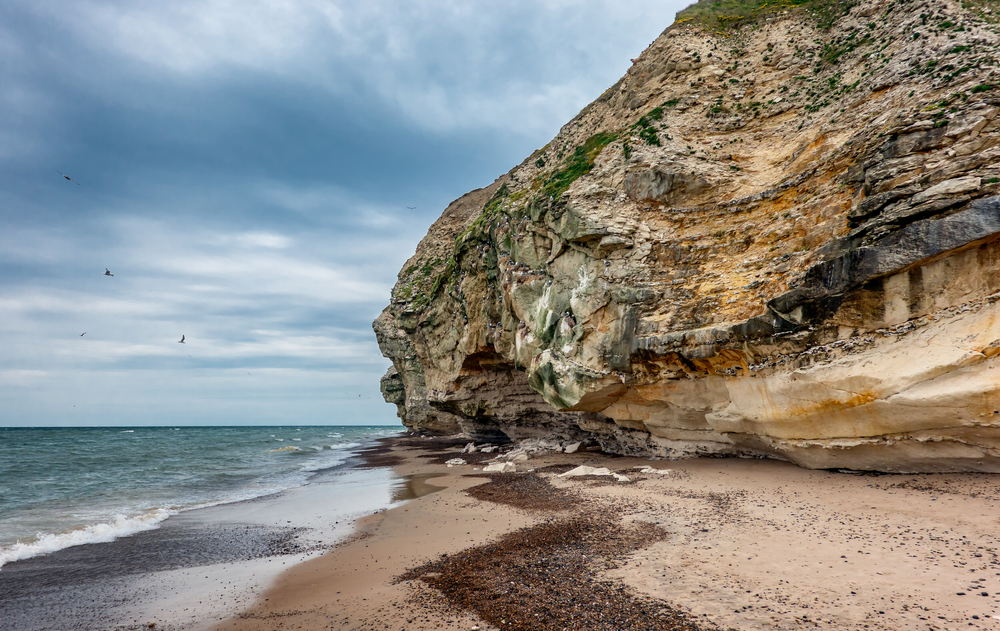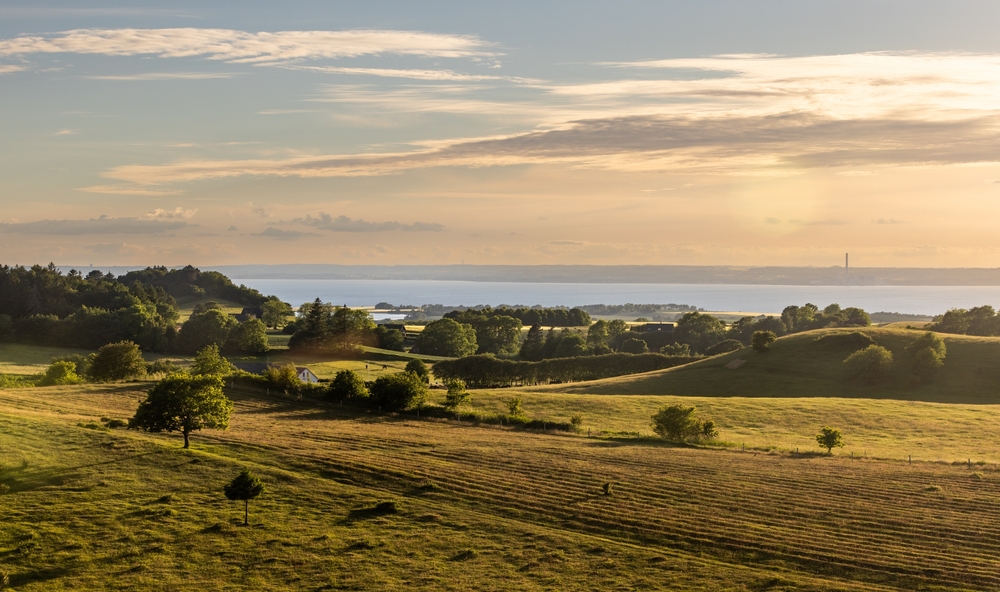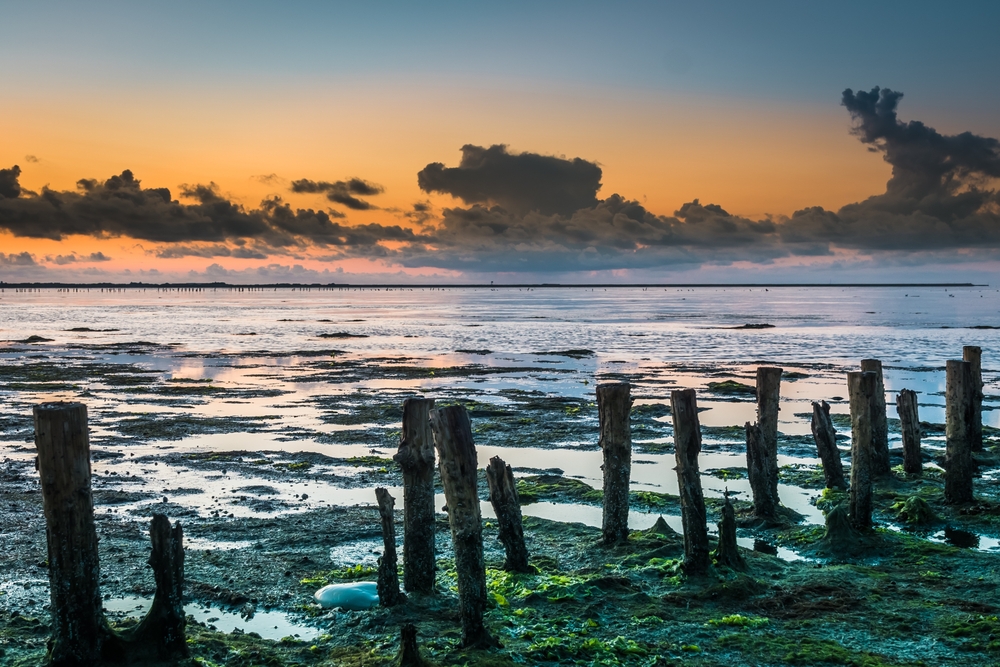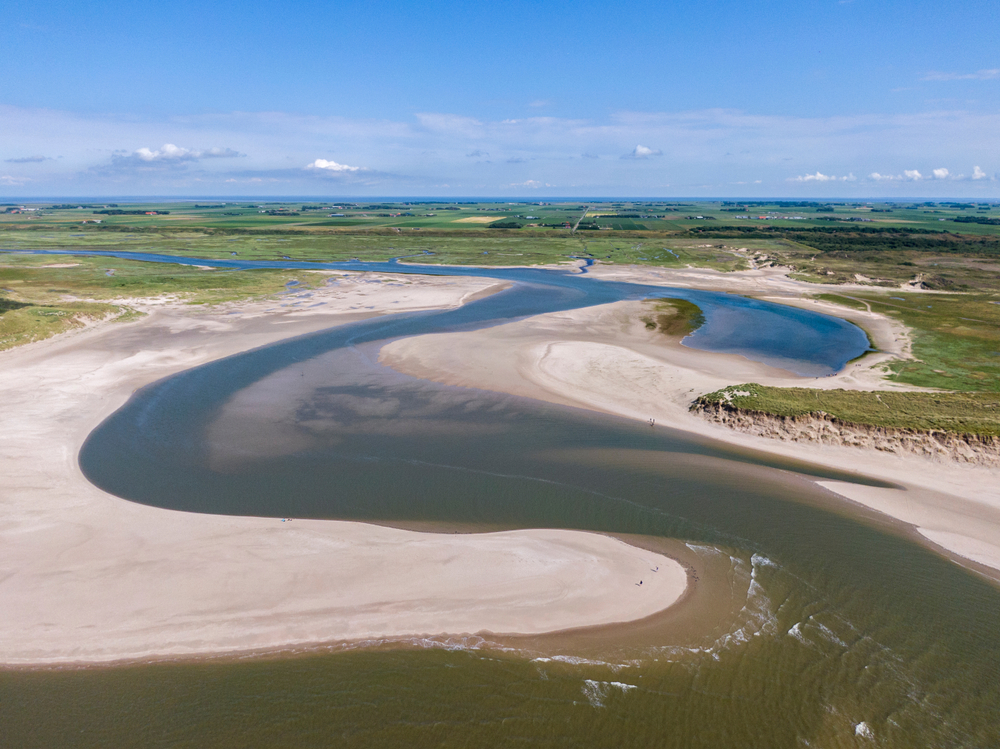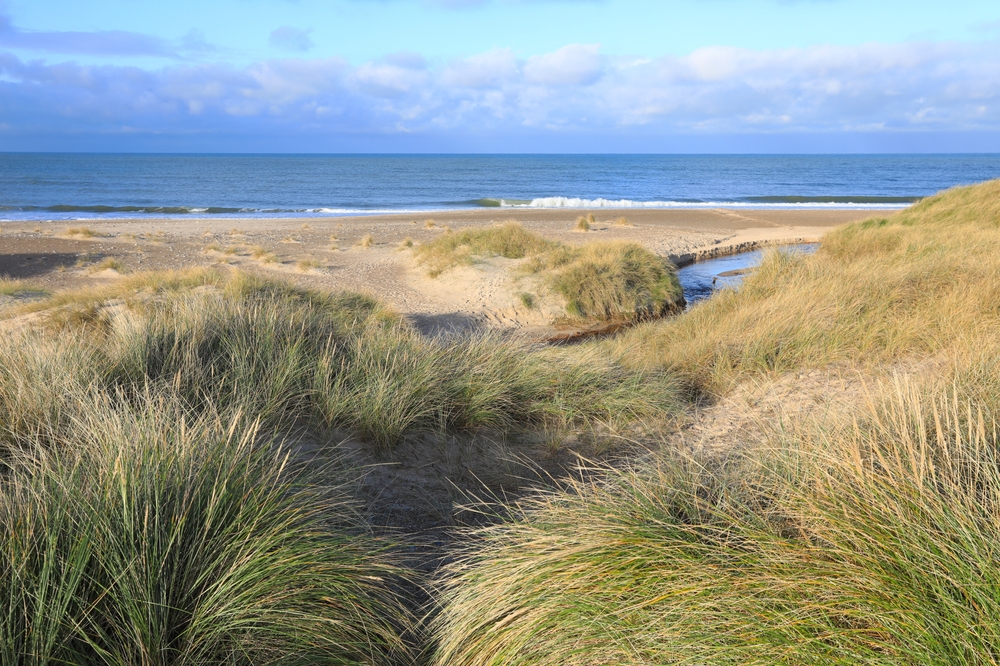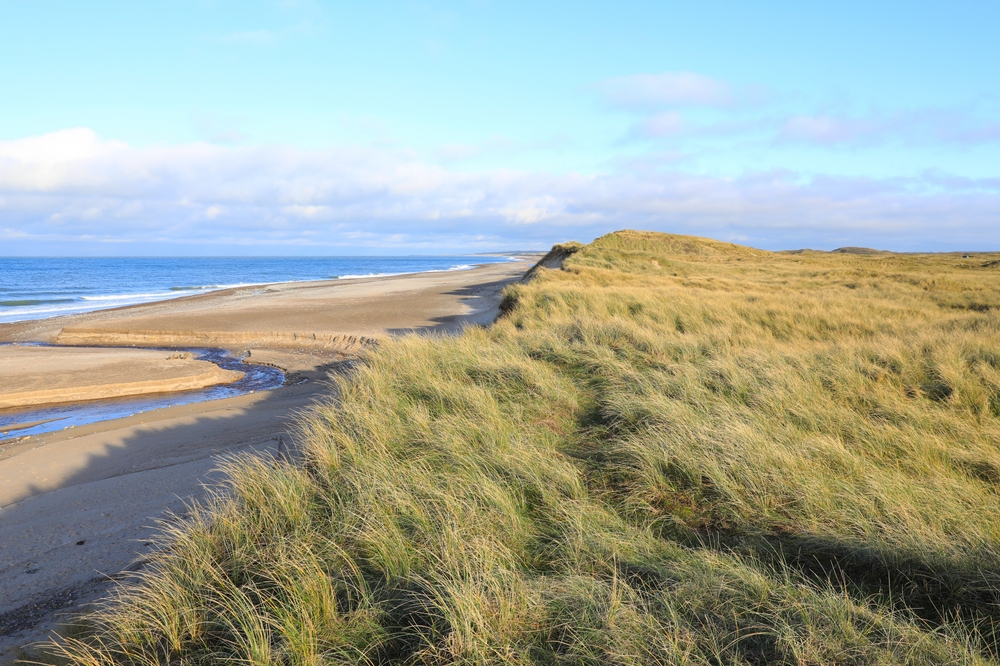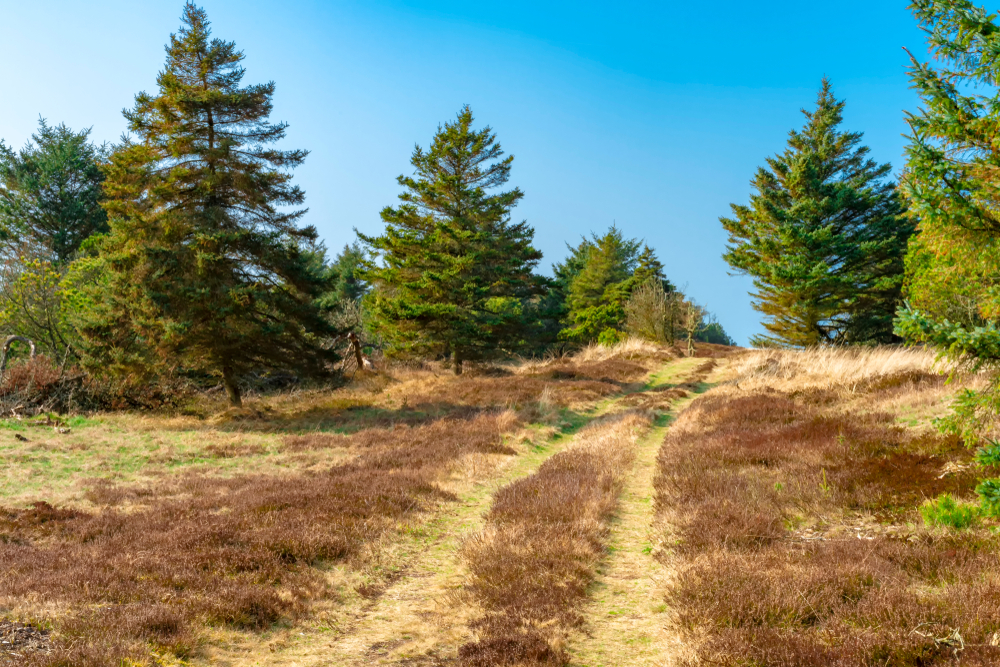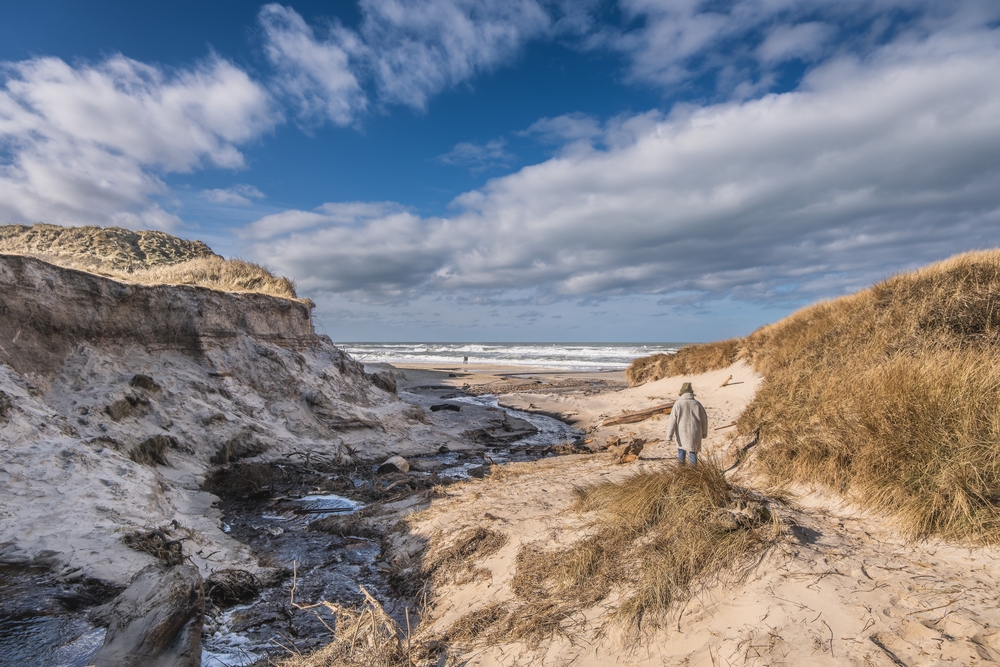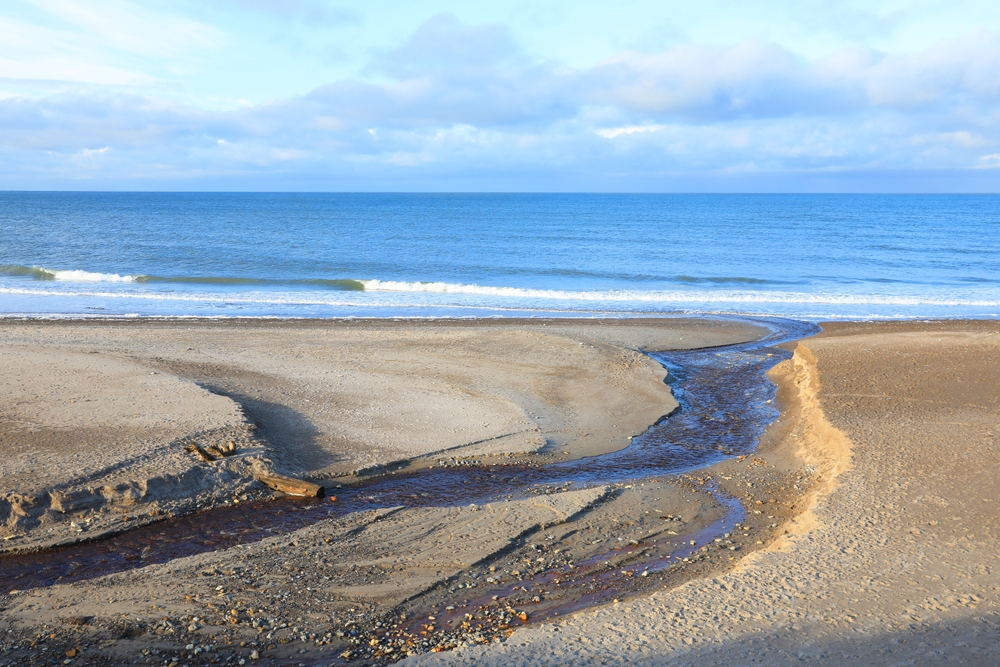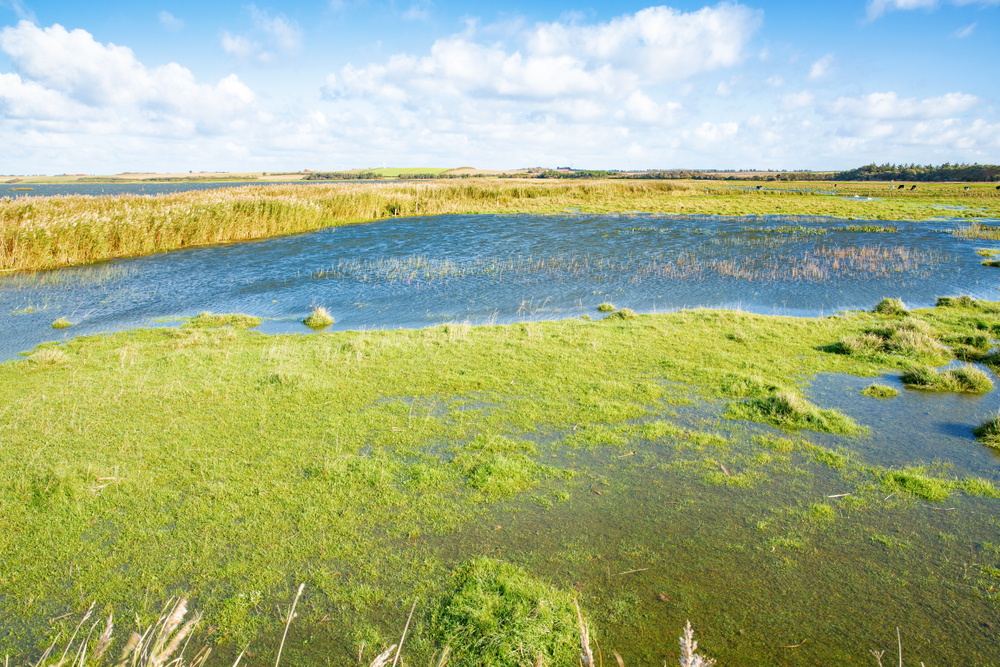Thy Overview
Thy National Park (in Danish: Nationalpark Thy) is located in northern Jutland, Denmark, along the rugged coastline of the North Sea. Established in 2008, it is Denmark’s first national park and covers an area of approximately 94 square miles (244 square kilometers). The park is known for its wild and windswept landscapes, featuring sand dunes, heathlands, lakes, and forests, all shaped by the forces of wind and sea over centuries.
The landscape of Thy National Park is dominated by vast stretches of coastal dunes and heathlands, which give the park its distinctive wild character. These dunes have been formed by centuries of sand drift, creating a dynamic and constantly shifting environment. The park’s coastline is characterized by wide, sandy beaches and tall dune cliffs that provide stunning views of the North Sea. Inland, the park features wetlands, lakes, and woodlands, creating a diverse ecosystem. Notable areas include the Hanstholm Wildlife Reserve and Nørre Vorupør, a traditional fishing village that blends the natural and cultural heritage of the region.
The vegetation in Thy National Park is a mix of hardy, wind-tolerant plants that thrive in the harsh coastal conditions. Heathlands are covered in heather, gorse, and juniper, creating a colorful landscape, particularly during the late summer bloom. The forests are primarily composed of pine and spruce, with some areas of birch and oak. In the wetlands and lakes, aquatic plants like water lilies and reed grasses flourish.
The wildlife in Thy National Park is diverse, with species adapted to the coastal and heathland environments. Large mammals like red deer and roe deer roam the park, while smaller animals like foxes, hares, and badgers are commonly seen. The park is also a haven for birdlife, with species such as sandpipers, curlews, and white-tailed eagles frequenting the coastal areas. Thy National Park’s unspoiled landscapes and rich biodiversity make it a unique natural treasure in Denmark.
Park Map
Thy National Park Highlights
Engaging Thy National Park
Related National Parks More Denmark
Sources
- All Trails, Thy National Park, https://www.alltrails.com/ar/parks/denmark/north-denmark/nationalpark-thy, retrieved August 2024.
- Lonely Planet, Thy National Park, https://www.lonelyplanet.com/denmark/klitmoller/attractions/thy-national-park/a/poi-sig/1438626/1315969, retrieved August 2024.
- National Park Thy, Welcome to Thy National Park, https://eng.nationalparkthy.dk/, retrieved August 2024.
- Visit Denmark, Thy National Park, https://www.visitdenmark.com/denmark/things-do/danish-nature/thy-national-park, retrieved August 2024.
- Visit Nordvestkysten, Thy National Park, https://www.visit-nordvestkysten.com/nordvestkysten/planlaeg-din-tur/nationalpark-thy-pa-egen-hand-gdk601416, retrieved August 2024.








































































